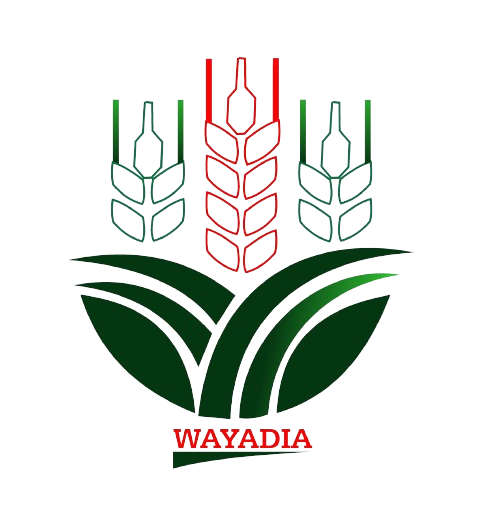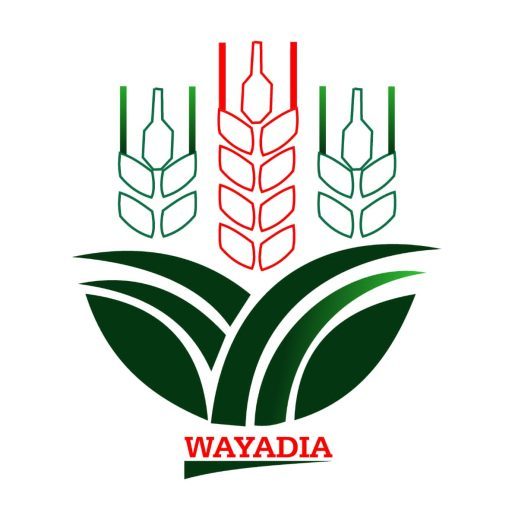Learn sustainable agriculture techniques, including practical methods like planting yams in sacks. Boost productivity and secure food systems for the future.
Introduction: Agriculture remains the backbone of human civilization, feeding billions and driving economies. Yet, as we approach 2025, the sector faces pressing challenges such as climate change, rising population growth, and increasing resource scarcity. Conventional farming methods that degrade the environment and deplete soil health cannot support the long-term demands of feeding a growing world. Sustainable agriculture has emerged as a solution, ensuring that farming can meet today’s needs while preserving resources for future generations.
In this blog, we will explore some of the most effective sustainable farming strategies, including practical methods such as sack farming. This technique is gaining popularity for its ability to maximize space and increase crop yields even in areas with limited soil. We’ll also provide you with actionable tips and direct you to our YouTube channel for step-by-step tutorials on how to implement these methods.
The Critical Role of Agriculture: Agriculture plays a central role in global development, contributing to food security, economic stability, and societal well-being. However, its environmental impact has become a major concern. The intensive use of synthetic fertilizers, pesticides, and monoculture practices is not only unsustainable but also depletes the land’s capacity to support crops in the long run.Key Challenges Facing Agriculture
1. Environmental Degradation: Unsustainable farming practices such as deforestation and excessive use of chemicals degrade soil and water resources.
2. Climate Change: Rising global temperatures, erratic rainfall patterns, and increasing occurrences of droughts and floods are creating unpredictable conditions for farming.
3. Inefficient Agricultural Practices: Many farmers still rely on outdated methods that lead to low yields and wasted resources. Smallholder farmers, in particular, struggle with limited access to technology and training.
The Need for Sustainable Agriculture: Sustainable agriculture focuses on practices that maintain ecological balance, reduce environmental impact, and ensure long-term productivity. By adopting eco-friendly farming techniques, we can improve food security, support farmers’ livelihoods, and restore biodiversity.
Key Strategies for Sustainable Agriculture
1. Crop Diversification and Rotation:
Crop diversification involves growing a variety of crops instead of relying on a single crop species. This strategy boosts soil fertility, reduces pest and disease cycles, and increases overall farm productivity.
Example: Rotating nitrogen-fixing legumes like beans with nutrient-demanding crops like maize or rice helps replenish soil nutrients, reducing the need for artificial fertilizers.
2. Sack Farming: A Practical Solution
Sack farming is an innovative method that allows farmers to grow crops even in small spaces, such as urban environments or areas with poor soil quality. Growing crops in sacks not only saves space but also reduces the need for expensive land. This technique is perfect for growing a variety of crops, especially in areas where land for traditional farming is scarce.
Step-by-Step Guide to Planting Yams in Sacks
1. Materials Needed:
Large, durable sacks (preferably jute or plastic).
Fertile, well-draining soil mixed with organic compost.
Yam seedlings or tubers (ensure they are disease-free).
2. Preparation:
Lay the sack flat and fill it with a mixture of soil and compost, leaving about 10 cm of space from the top.
Ensure there are small drainage holes at the bottom of the sack to prevent waterlogging.
3. Planting:
Insert the yam tubers into the sack, ensuring they are covered by 5-10 cm of soil.
Water the sack gently until the soil is moist, but not soggy.
4. Maintenance:
Water the plants regularly, ensuring that the soil remains moist but not too wet.
Place the sack in a sunny location, as yams require plenty of sunlight to grow.
As the yam vine grows, periodically add more soil to the sack to support the growing plant and provide additional nutrients.
Why Planting Yams in Sacks is Beneficial
Space-Efficient: Perfect for small spaces, urban settings, or areas with limited access to arable land.
Reduced Pests: Sacks are elevated, minimizing the risk of pests like rodents.
Better Soil Control: The sack farming method allows for better control of soil quality, reducing erosion and nutrient depletion.
For a more detailed demonstration, check out our YouTube channel, where we walk you through the process of planting yams in sacks step-by-step.
3. Organic Farming Practices
Organic farming avoids synthetic chemicals and fertilizers, promoting healthier soil and reducing the risk of contamination. The principles of organic farming encourage the use of natural resources to improve crop yield and maintain soil fertility.
4. Precision Agriculture
Precision agriculture involves using advanced technologies such as drones, GPS, and sensors to monitor crops and manage resources efficiently.
Success Stories in Sustainable Agriculture:
India’s Organic Revolution
In India’s Sikkim state, farmers transitioned to 100% organic farming, leading to higher yields, reduced input costs, and improved food security.
Kenya’s Water-Smart Farms
In Kenya, innovative rainwater harvesting systems have transformed arid land into productive farming areas.
WAYADIA Initiative in Nigeria
In Nigeria, the WAYADIA team has launched a transformative program to promote sustainable farming through education, practical demonstrations, and community support.
Practical Training: Farmers are being trained on innovative methods like sack farming.
Technology Integration: Precision agriculture tools like soil sensors and mobile apps are being introduced.
Community Empowerment: Partnerships with local communities and schools are fostering a culture of sustainable farming.
Conclusion:
Sustainable agriculture offers a hopeful path forward in the face of mounting global challenges.
Visit wayadian.org for more tips and join our YouTube channel.


This is will go a long way in educating all household about farming at their backyard, please keep it up
Thanks, we promise to keep it up, practical aspects will soon be out